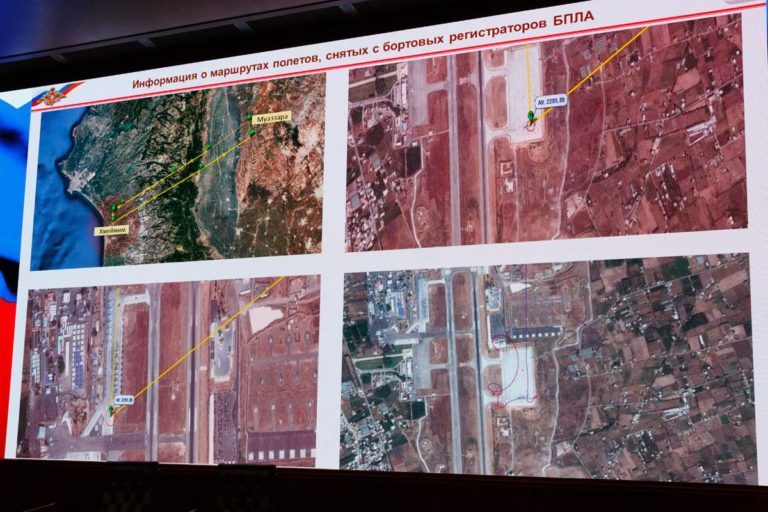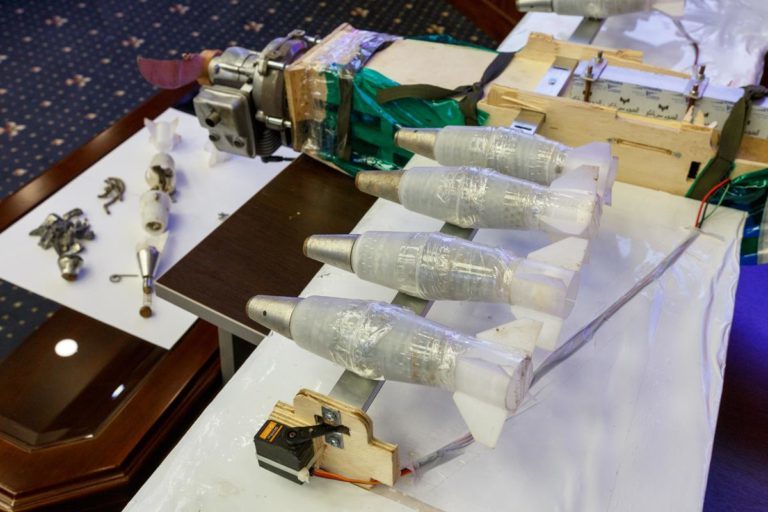"The creation of drones of this class is impossible in an improvised manner. Their development and usage involved specialists, who had undergone special training in the countries manufacturing and using systems with unmanned aerial vehicles," Novikov said adding that assembly and usage of UAVs is an engineering task that demands "special training, know-how in various scientific areas and practical experience in creating these devices."The UAVs also cannot be used without special software and such attack requires the info about exact target location of the targets and such parameters as altitude, flight and wind speed. This information cannot be obtained from open sources according to Novikov.
The explosives from the munitions carried by the UAVs involved in the attack on Hmeymim and Tartus bases cannot be made in makeshift conditions.
"Preliminary analysis has shown that the main explosive used in the bombs was pentaerythritol tetranitrate (also known as PENT, PENTA or TEN), which has a far higher yield than hexogen. This explosive is manufactured in a number of countries, including Ukraine's Shostka chemical agents plant. It cannot be made in makeshift conditions or extracted from other ammunition," Novikov said.The general added that one of the UAVs "was equipped with a video camera and designed for controlling and adjusting the strikes if needed."
"Drones' weapons deserve attention. These are improvised explosive devices weighing about 400 grams, and stuffed with striking elements - ball bearings with a striking radius of up to 50 meters," he continued.He also noted that up until recently militants used UAVs "mainly for air reconnaissance. Only isolated incidents were fixed when they were used for attacks." Those UAVs were mainly improvised models, made of components sold on the open market.
According to Novikov, the analysis of the captured UAVs draws conclusions that "there is a real threat of using drones for terrorist aims in any place in the world that demands certain measures on its neutralization." This threat is not limited to Syria.







Reader Comments
to our Newsletter